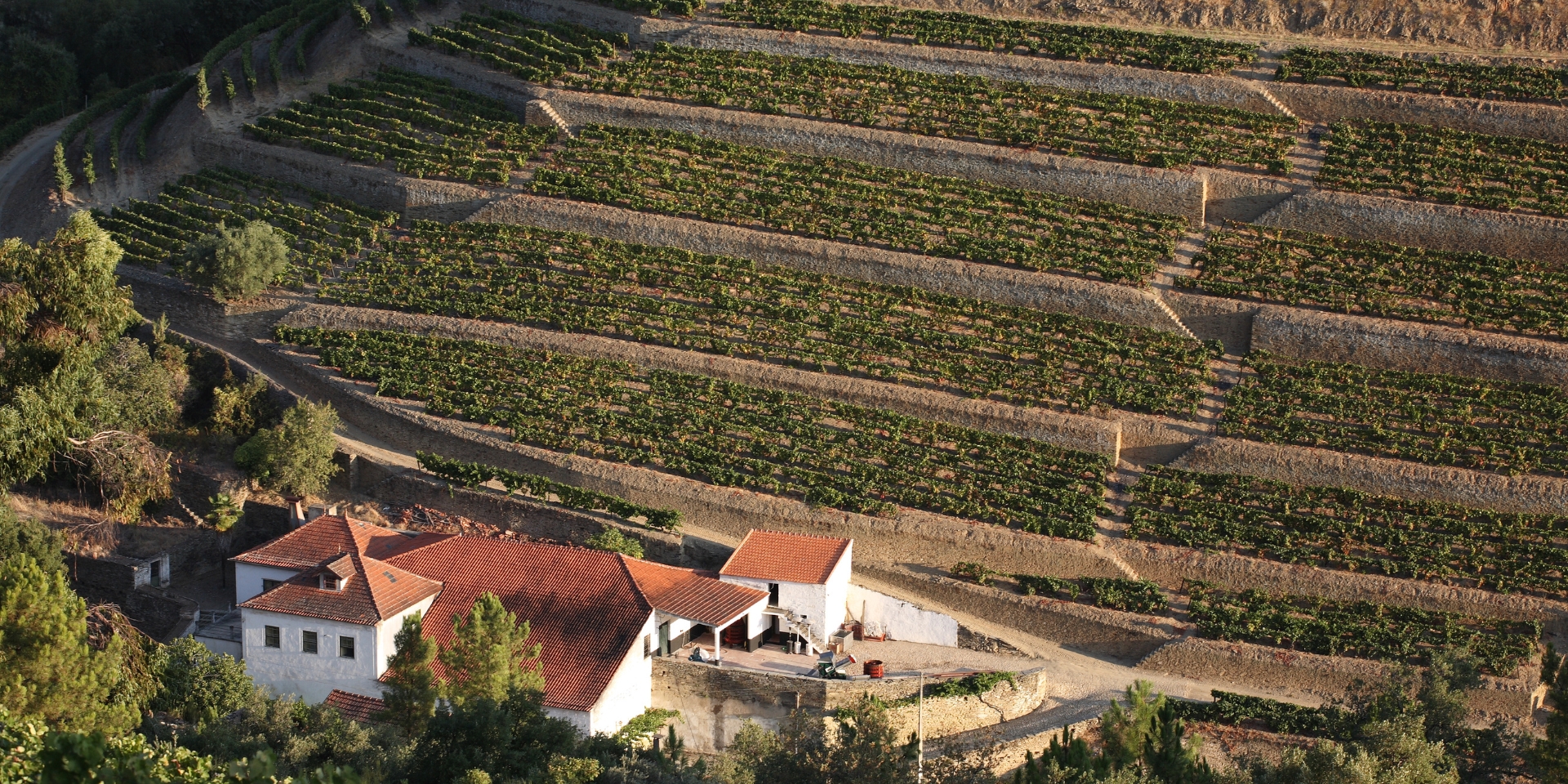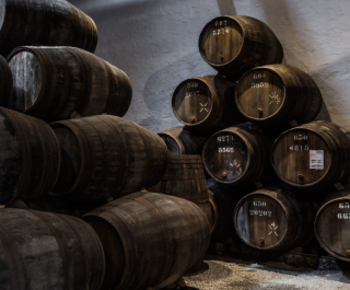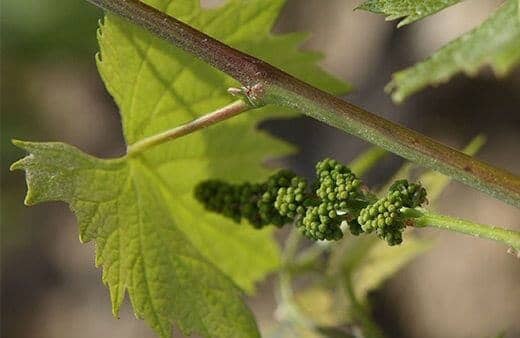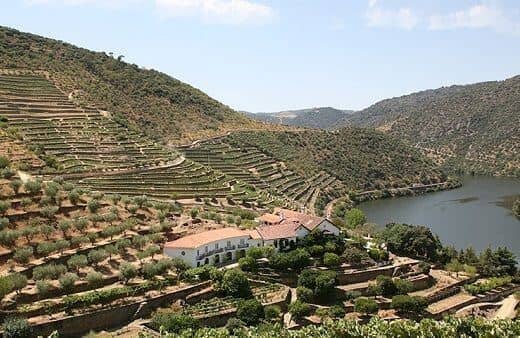Vineyard Landscaping
In order to provide a flat surface on which to plant the vines and allow them to cling to the steep hillsides, three landscaping methods are used:
Traditional walled terraces
The oldest vineyards are planted on traditional terraces supported by dry stone walls. These walls were built by hand on the steep hillsides and then back filled with soil brought up from the river bank or created by breaking up the stony bedrock. Most of them are narrow, often bearing only one or two rows of vines. These historic walled terraces rise up the rocky slopes like the steps of the Pyramids, the product of centuries of Herculean labour. Now classified as World Heritage, they form one of the world’s most dramatic and inspiring vineyard landscapes.
By the last decades of the 20th century, the cost of building these walls had become prohibitive and they are no longer built today.
Patamares (meaning platforms)
Patamares are modern terraces cut into the mountainsides using earth moving equipment. They are not supported by walls but are separated by tall earth banks. From a distance or from the air, they have the appearance of giant contour lines. This vineyard landscaping method became widespread in the 1980’s when a large area of the Douro vineyard was redeveloped, including some of the mortórios, or derelict terraced vineyards never replanted after the phylloxera blight of the 1870s.
Relatively inexpensive and quick to build, patamares can, however, cause a number of environmental problems, such as soil erosion,if not sensitively constructed. On the Taylor Fladgate's estates, they are being replaced where possible either by vertical planting (see below) or by an award winning sustainable vineyard model developed by the company’s wine making team. This consists of very precisely engineered single row terraces which avoid water runoff and, by allowing machine access to the earth banks, also eliminate the use of herbicides.
Vertical planting or vinha ao alto
In places where the gradient allows, terracing can be replaced by vertical rows of vines running perpendicularly up the hillside, a technique perfected in recent years and known as vinha ao alto. Advances in drainage and erosion avoidance techniques have allowed an increasing number of vineyards to be planted in this way and vertical planting is now used by Taylor Fladgate as a matter of course on gradients of up to about 30%. Vertical planting has several advantages including better leaf canopy exposure.
In the Douro Valley the bedrock is never far from the surface, often protruding dramatically from the ground and sometimes even through the walls of the old terraces. A spectacular example is the ‘Soldados’ plot at Taylor Fladgate's Quinta de Vargellas where great slabs of rock are thrust out at an angle from the vineyard floor like the giant hands of saluting soldiers. Dynamite sometimes has to be used to create a foothold on the rocky slopes or clear large outcrops. In many places the vines grow in no more than half a metre of soil and have to push their roots down through crevices and fissures in the rock to reach the water lying deep below the surface.


discover more




